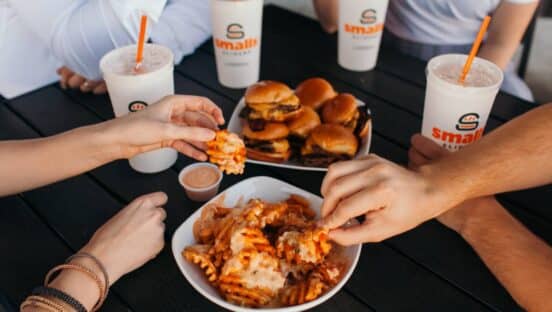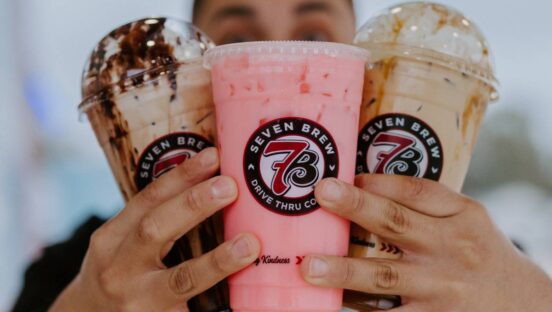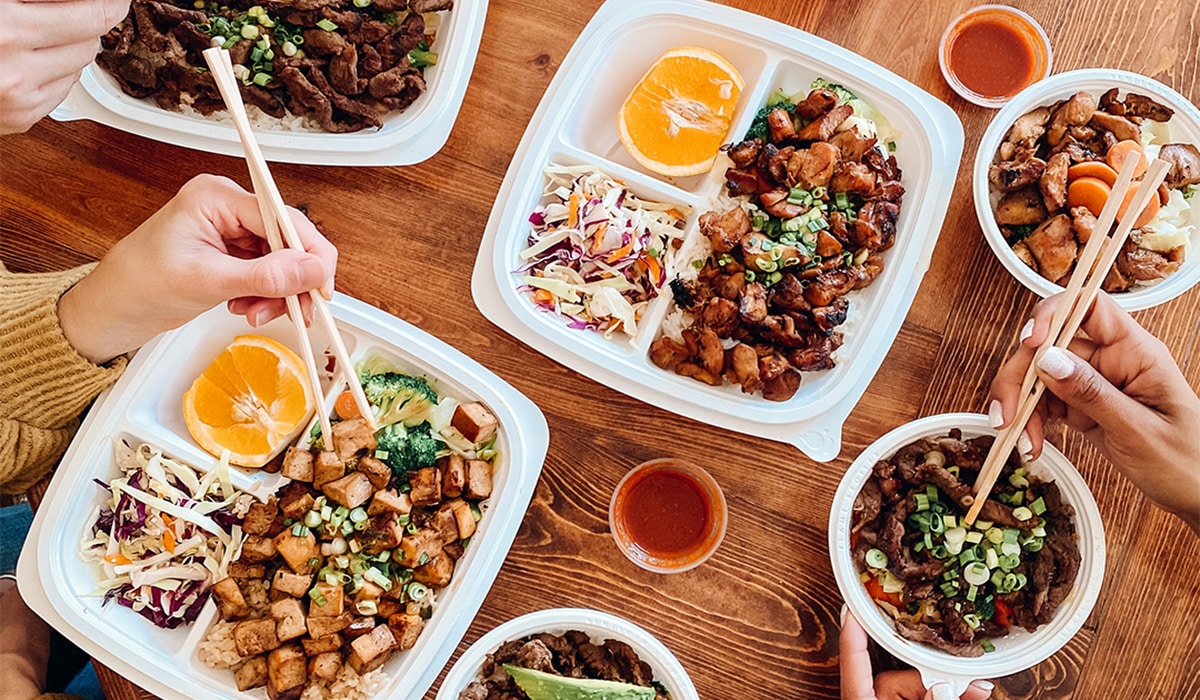Diners visiting many Chipotle Mexican Grill locations in recent months probably noticed that ordering lines—which used to snake out the door—were now shorter and that normally crowded parking lots had empty spots.
It didn't take a business savant to realize that the fast-casual leader’s sales would be down precipitously, as a significant number of customers stayed away in the wake of a series of food-borne illness outbreaks.
Chipotle’s stock logically tumbled, dropping 30 percent in 2015 with another 5.6 percent decline in January. The shares remain volatile, spiking when the Centers for Disease Control declared the end to the company’s E. coli eruption only to slump the next day when news came that same-store sales slid 14.6 percent in the fourth quarter.
While Chipotle’s woes may be an industry aberration, its declining stock price was actually in the majority last year. Shares in only nine of the nation’s nearly 35 public companies with quick-service or fast-casual restaurant brands finished in the black.
In fact, two-thirds of the stocks underperformed the overall market during 2015, although the equities are slightly ahead of the Standard & Poor’s 500 so far this year.
“Last year was almost a tale of two different years,” says Mark Kalinowski, restaurant industry analyst for Wall Street investment firm Normura Securities. “At the beginning, you were seeing really good gains, but it kind of went down the drain in the second half.”
He noted, however, that one particular segment recorded a strong performance: the quick-service burger business, led by the turnaround of industry leader McDonald’s.
Investors who had fled the company during two years of declining same-store sales started returning, particularly after an October earnings report that showed a small but important bump in U.S. comparable sales. The company’s stock soared to a record high
McDonald’s recently reported that fourth-quarter same-store sales in the U.S. jumped 5.7 percent, aided by the introduction of all-day breakfast, says Steve Easterbrook, who has led the company’s improvement since being named chief executive a year ago.
“We begin 2016 in a much better place than we were 12 months ago,” he tells investors in a conference call. And the company’s stock finished 2015 as the year’s second-best restaurant performer, up 26.1 percent. It added 4.8 percent in January.
Two other burger chain operators, Wendy’s and Sonic, finished right behind McDonald’s last year with stock gains of 19.3 percent and 18.7 percent, respectively.
“Burger chains to some degree are fortunate because they are a core part of what Americans are looking for in uneasy economic times like these,” Kalinowski says. “People are familiar with the food, like the food, and see value there.”
All nine limited-service restaurant stocks that recorded increases in 2015 are big names that appealed to investors seeking shelter and stability. Smaller and mid-sized equities that gained favor in recent years, took a hit.
As investors opt for healthy dividends over growth, “here’s usually a flight to perceived quality in a volatile market,” says R.J. Hottovy, restaurant analyst with Chicago investment research firm Morningstar. Performance is sought more than growth potential.
Consider Shake Shack, 2015’s red-hot initial public stock offering (IPO). The fast-casual burger chain went public a year ago at $21 a share, closed its first day at $45.90, and in May hit $96.75—a 315 percent gain over the IPO price.
But the stock plunged Icarus-like back to earth, as many analysts considered it overpriced. Shares closed the year at $39.60, nearly double its IPO price but down 57.2 percent from its high. It was off another 12.7 percent last month.
The two other 2015 IPOs, Bojangles and Wingstop, also finished 2015 off their peaks, but only by about 13 percent.
Last year’s stock winner was perennial limited-service restaurant favorite Starbucks. Shares soared 46.3 percent, far outpacing its peers.
“They’re doing a great job executing on all fronts,” Hottovy says. “The stores are doing well, they’re generating more traffic than anyone else, raising their transaction sizes, leading in mobile and pay applications, and continuing to diversify their products.”
The bottom four stocks in 2015 were Cosi (down 72.3 percent), Noodles & Co. (-63.2 percent), Noble Roman’s (-53.4 percent), and Fiesta Restaurant Group (-44.7 percent).
But in January, Cosi and Noodles were the two biggest gainers with increases of 38.6 percent and 24.2 percent, respectively. Shares in a couple of pizza dads, Papa Murphy’s and Papa John’s, finished the month last, down 15.7 percent and 14.5 percent.












